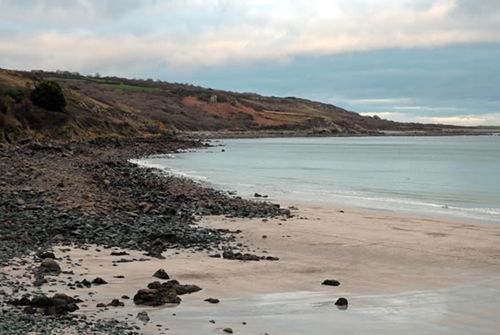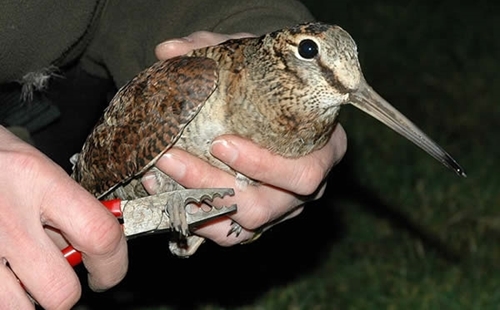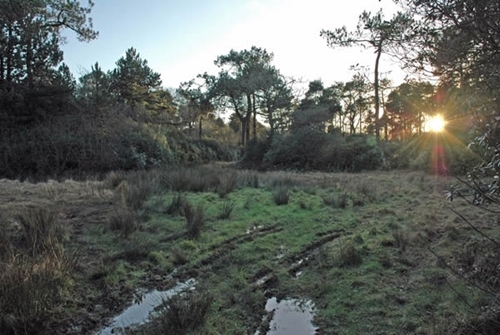by Chris Heward, Wetlands Research Assistant
Today, the Woodcock Watch team are back in the office after a successful (albeit tiring) trip down to Cornwall last week. The weather did not disappoint and provided us with the typically wet, windy and wild conditions we have come to expect.

Here on the Woodcock Watch blog, we regularly post updates on the progress of our Hampshire-based woodcock ringing project. The primary aim of this research is to quantify the fidelity of woodcock to particular wintering sites.
In practical terms this simply means catching and ringing as many birds as possible over several years, but the analyses we can ultimately perform with the resulting data are complex and wide-ranging. We are also able to record average woodcock densities and estimate ratios of adults to juveniles to monitor annual fluctuations.

The fact that each bird wears a uniquely-numbered ring means we can measure changes in body mass for known individuals during the course of a winter and between winters, calculate survival rates and estimate total population size based on the likelihood of recapturing a ringed individual. Moreover, this ringing data contributes to a national bird-ringing database co-ordinated by the British Trust for Ornithology.
We usually manage two Cornwall trips per year, enabling comparison with our Hampshire site and with other study areas, such as the mid-Wales site monitored by the Woodcock Ringing Network’s Owen Williams.

Our target for the week was to ring 100 new woodcock. We did manage this but only just; our 100th woodcock was the last bird I ringed on our sixth and final night. As well as these new birds we managed a handful of ‘retraps’ from previous years – including two birds wearing geolocators.
Recovering the geolocators (a type of miniature light-logger) means that we can download the data stored on-board and use it to work out the routes their wearers have flown. One of these birds was tagged last spring, meaning it has made one spring and one autumn migration since. The other was tagged in 2014 and will therefore provide us with data for two round trips. There’ll be more details on these birds in a future blog.
Overall, the number of ‘retraps’ was lower than expected given the numbers of woodcock we have ringed in previous years (c. 80 in 2015 and c. 120 in 2014). This is probably explained by the fact that a large proportion of the birds we caught this year were juveniles visiting Cornwall for the first time. As I discussed in this blog about Nastasia, it seems likely that many of Cornwall’s regular migrant visitors are absent due to milder conditions elsewhere in the UK and across Europe.
With 100 extra woodcock now ringed, and another Cornish trip scheduled for next month, we ought to have a good proportion of the local population ringed. We are hopeful that we will be seeing plenty of these woodcock for a second time in February 2017!
Related blogs
News on Ruan (probably) >
Two recaptures: the plover and the woodcock >
Please help our declining UK woodcock